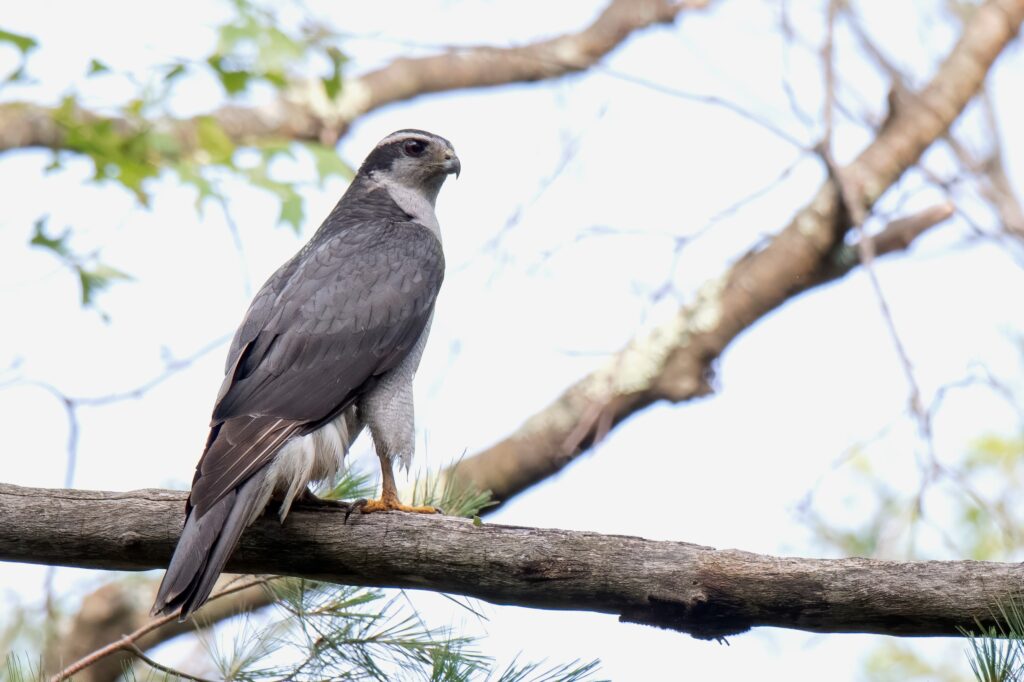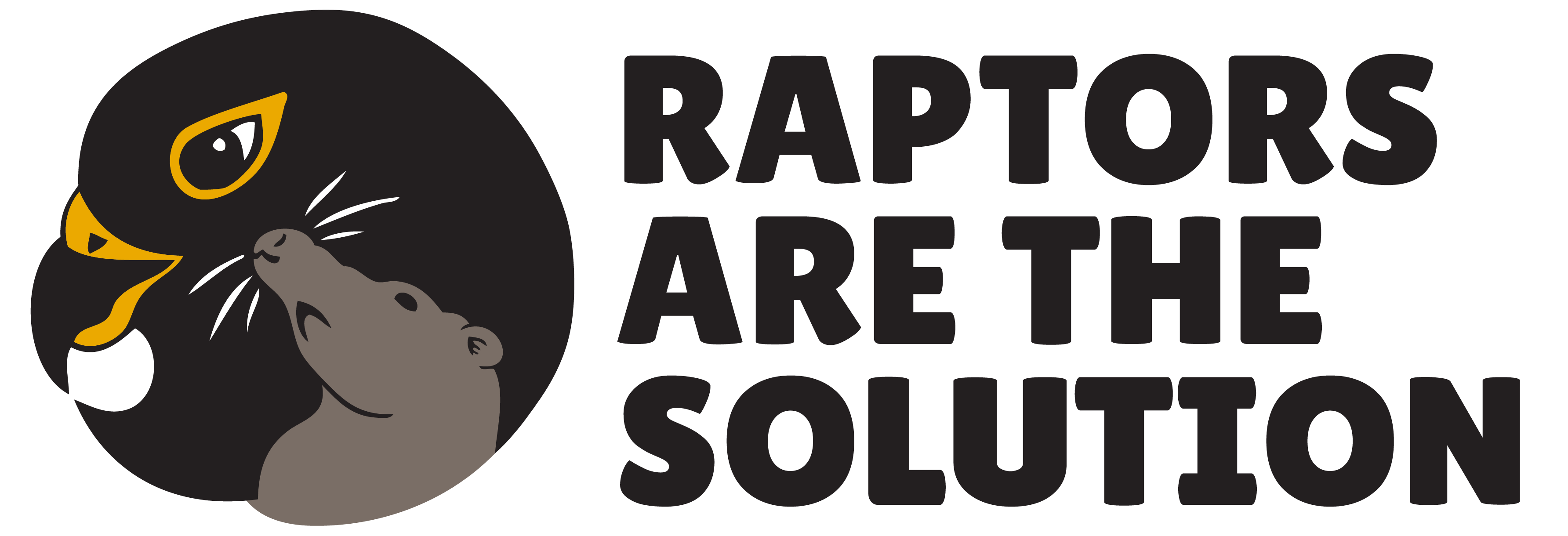
(Full article from RATS Tales April 2021)
In a recent article in Environmental Research, Alexander Badry of the Leibniz Institute for Zoo and Wildlife Research in Berlin and three co-authors report on residues of anticoagulant rodenticides (ARs) and other contaminants in the livers of 186 raptors found dead or dying in Germany between 1996 and 2018. Five species were represented: northern goshawk, Eurasian sparrowhawk, white-tailed eagle (also known as white-tailed sea eagle), red kite, and osprey. One or more ARs were found in 53 percent of the birds, with detection rates of 81.3 percent for goshawks, 80.5 percent for kites, 38.3 percent for eagles, and 13 percent for sparrowhawks; the osprey samples were AR-free. Some goshawks and kites had potentially lethal levels. Except for coumatetralyl, a first-generation AR (FGAR), all the rodenticides detected were second-generation ARs (SGARs), with difenacoum most prevalent, followed by brodifacoum, bromadiolone, difethialone, and flocoumafen. Multiple ARs were present in 30.8 per cent of the samples.
What the researchers found when they examined landscape and biological factors suggests a multiplicity of exposure pathways, some unexpected.
Although northern goshawks aren’t usually considered urban birds, all the goshawk samples in the study came from Berlin. Goshawks moved into German cities in the 1980s and now nest in wooded parks and other sites. Like their wilderness relatives, Berlin’s goshawks prey on birds. Manuela Merling de Chapa, also of the Leibniz Institute, and colleagues analyzed the diets of goshawks in Berlin, Cologne, and Hamburg and several non-urban areas in an article in Royal Society Open Science, using prey remains and regurgitated pellets. Pigeons and doves, primarily feral pigeons and native woodpigeons, accounted for 65.4 percent of identified prey items in the urban areas, with small birds making up most of the balance; rats and other rodents were uncommon. While German regulations require that poison bait be enclosed in boxes in most situations, the pigeons could have been feeding on bait scattered outside boxes by rats or other animals. The authors also found that urban goshawks were at higher risk of fatal impacts with windows than rural goshawks.
The Eurasian sparrowhawk samples came from agricultural areas. These ecological counterparts of North America’s sharp-shinned and Cooper’s hawks prey almost entirely on small and medium-sized birds. A separate study by Bernd Walther and colleagues, recently published in Science of the Total Environment, found that 28 percent of a sample of robins, finches, tits and other small songbirds caught in snap traps on German farms had been exposed to brodifacoum. Birds found near rodenticide bait stations had the highest residues. These ground-foraging songbirds may have been entering bait boxes as well as eating bait scattered by rodents. It’s also conceivable that insects and mollusks are eating the baits and then being consumed by songbirds, with potential tertiary exposure to sparrowhawks and other raptors.
Since white-tailed eagles, like North American bald eagles, feed on fish and waterbirds, an aquatic exposure pathway is plausible. Previous studies by Julia Regnery of the Federal Institute of Hydrology and others have found that ARs used in sewer baiting are washed into rivers during rainstorms, entering the bodies of benthic invertebrates and fish and bioaccumulating as they move through food webs. The absence of ARs (and medical products) in fish-specialist ospreys may reflect a smaller sample size. Carrion is also a possible AR source for the eagles. Red kites scavenge carrion and prey on small birds and mammals; their AR exposure may involve multiple pathways.
Although the study didn’t include data on owls or falcons, co-author Oliver Krone says the researchers are also looking at these groups. Based on their reported diets, some owl and falcon species may be at risk of exposure through consumption of bait-eating birds. The merlin, a small falcon, is almost as much of a specialist bird predator as the sparrowhawk. Other falcons like the Eurasian kestrel and Eurasian hobby prey on small birds to varying extents, as do the tawny owl and Eurasian scops-owl. Beyond ARs, Badry’s team also looked for pharmaceutical products and insecticides used on crops. The non-steroidal anti-inflammatory drug (NSAID) ibuprofen was detected in 14.9 percent of eagles, 13.3 percent of goshawks, and one red kite. The eagle data may signal another aquatic pathway, possibly by way of wastewater discharges. The goshawks’ exposure is unexplained. Diclofenac, an NSAID used in veterinary medicine, killed South Asian vultures that feed on cattle carcasses.
Ibuprofen reportedly caused terminal kidney failure and gout in an Egyptian vulture. It’s not clear how much of a threat it poses to German eagles or goshawks. Thiacloprid, a neonicotinoid insecticide, was found in two red kites, which may have been deliberately poisoned. Krone also says microplastics are on the group’s radar.
Researchers in Florida found microplastics in the digestive tracts of red-shouldered hawks. While previous studies in Germany and elsewhere in Europe had focused on exposure through direct predation in rural or wilderness areas, Badry and his colleagues highlight risks to urban raptors like the goshawks and scavengers like red kites and white-tailed eagles: one more reminder of the pervasive presence of ARs and other contaminants in both natural and human-altered environments.
